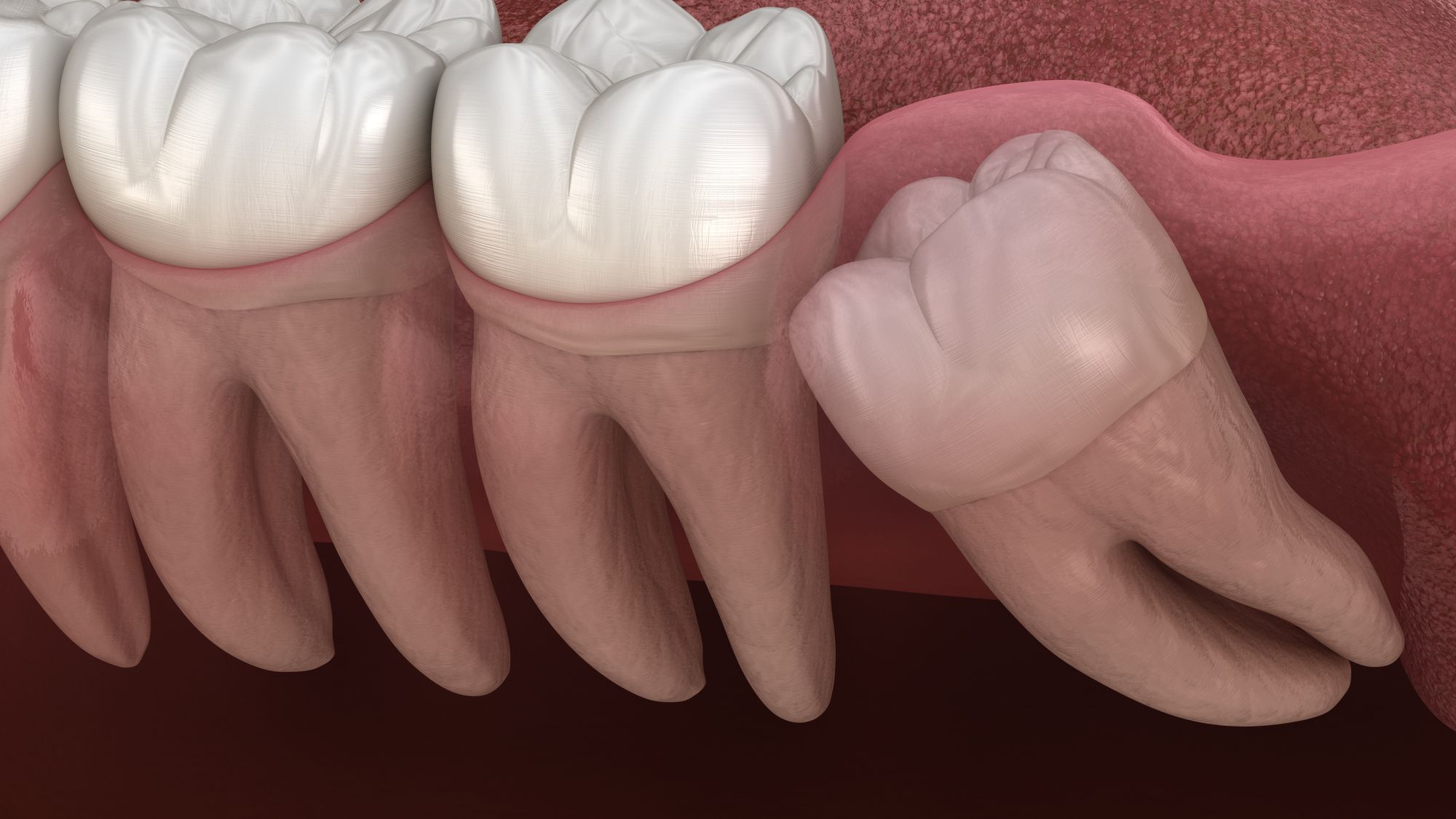An impacted tooth: How can an orthodontist help?
An impacted tooth is one that has grown in the wrong position and is stuck under the gum or inside another tooth. The root of an impacted tooth may be close to the surface of your mouth, making it easy for you to feel with your tongue.
If you're wondering whether or not an orthodontist can help with impacted teeth, the answer is yes. Orthodontists Doncaster are trained to deal with issues like this and will be able to give you advice on how best to treat your impacted tooth.
The following details will aid you in understanding the diagnosis and your treatment options if your dentist or orthodontist has just informed you that you have an impacted tooth.
An impacted tooth is what?
An impacted tooth is a tooth that did not fully form in the mouth. This can happen for a variety of reasons, including genetics and trauma to the jaw or palate during childhood.
Before going to the orthodontist Doncaster, many people are not aware that they have an impacted tooth. A tooth cannot erupt if it is coming through the gum at an unnatural angle, which is confirmed by an examination or x-ray.
An impacted tooth is a tooth that blocks other teeth from erupting into the mouth. There are three types of impacted teeth:
- Jaw-level impactions involve only the jawbone and can be found in the midline of either side of your jaw. They're usually easy to diagnose because they cause pain or discomfort in your gums when you chew on those sides of your jaw.
- Impactions that occur under soft tissue are called palatine (under the tongue) or lingual (behind the tongue) impacts; these aren't always painful, but they may cause difficulty chewing or swallowing food if they get in the way of normal function.
- Higher level impacts that occur within the bone may also be painful or uncomfortable if not treated early on—particularly if they're located near nerves or other sensitive areas—but many people never notice them at all until their adult years when those parts start developing deeper wrinkles around the nose and cheeks due to friction caused by constant rubbing against these surfaces over time (like how our fingertips get calluses from using them constantly).
Symptoms and indicators of an impacted tooth
- You have a couple of teeth that are very close together, and you can't find a gap between them, even when you open them wide.
- Your child's teeth are crooked or misaligned.
- Your child's teeth are not growing in properly.
- Your child's bottom front teeth aren't aligned with their top front teeth.
What are the potential hazards associated with an impacted tooth?
Potential hazards associated with an impacted tooth include:

- The tooth may not erupt into the mouth. The tooth will remain below the gum line, making it difficult to clean and causing bacteria to build up around it.
- The tooth may be damaged by pressure from other teeth. This can result in pain and infection of surrounding gums as well as damage to supporting bone structures, including those of adjacent teeth.
- The tooth may become infected due to its position under the gums or because of poor dental hygiene around it (such as biting down on items like pens).
How might orthodontic treatment for impacted teeth help?
Orthodontic treatment can often help patients with impacted teeth.
When the wisdom teeth are impacted, they may not be able to erupt correctly, causing problems such as pain or infection. Orthodontics is a specialty within dentistry that focuses on correcting the alignment of teeth and jaws. If you have an impacted tooth, your orthodontist will recommend braces as part of your treatment plan to try to move it into its proper place in your mouth.
Orthodontist Doncaster work on an adult's mouth should begin after the permanent teeth have erupted into place; however, if an adult requires orthodontic attention for a misaligned jaw joint or other problem that also involves their wisdom teeth (which usually don't emerge until age 18), it could be done sooner because those adult size braces would fit better than child-sized ones might
Conclusion
While we cannot say for sure if your child has an impacted tooth, it's best to evaluate the situation with a dentist. Orthodontic treatment can often be an effective way to manage facial growth issues caused by impacted teeth. The best thing to do is to go see your dentist and discuss this problem!
Comments
Post a Comment